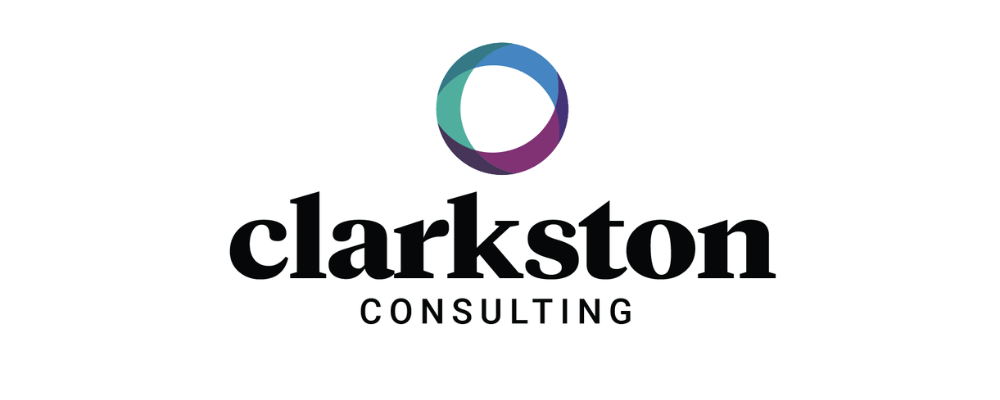The year’s largest merger is here: the Mars Kellanova Merger. If you have never heard of Kellanova, you’ve likely heard of the company it was recently formed out of – Kellogg. Kellanova was launched in 2023 (that’s right, exactly 317 days from this announcement to be precise), as a carveout from Kellogg with the aim to separate the faster growing convenience foods from the slower growth cereal business.
The legacy cereal businesses became WK Kellogg, and the rest Kellanova, including iconic brands such as Cheez-It, Eggo, Grahams Original, Pop-Tarts, Pringles, Rice Krispies, RXBAR, and more. So yes, you’ve heard of Kellanova!
Across more than 180 countries, they brought in $13.1 billion in revenue in 2023 and $950MM in net earnings. This all-cash deal is valued at $39.5 billion at a 16.4x adjusted EBITDA multiple, higher than industry average.
And you likely know the acquirer, too – Mars, a leading global organization in multiple industries with net sales of over $50 billion, including a snacking division with global brands such as M&Ms, Snickers, Twix, Kind Bar, and Natures Bakery, among others. They also have leading pet food and pet care brands in their broader portfolio. Importantly, they are also a private business, allowing them to make long-term strategy decisions without the same external pressures of public companies.
Why this deal? Why now?
1. The categories are huge.
Kellanova primarily operates in the Salty Snack and Crackers market, each of which is over $100 billion globally. They also sell in the instant noodle market ($65 billion) and in frozen baked goods ($6 billion). While these are major brands, they are truly enormous categories globally. The powerhouse brands create momentum and cash flow to further growth ambitions in the U.S., but more importantly, internationally. Even for their largest brand Pringles, household penetration hovers around 55% in the U.S., compared to 98% for the category.
2. The international opportunities.
Kellanova has built a significant international business, but there’s a lot of opportunity left to drive continued growth. It represents for Mars both a premier route to local markets and also a runway for growth. 55% of Kellanova sales come from ‘developed market snacks’ and just over a quarter in emerging markets. They have created significant momentum over the last decade growing Pringles, as an example, from 14% emerging market growth to 29% of net sales. Pringles grew in more countries than any other major snack brand between 2014 and 2023 – 86 countries with positive retail sales growth compared to #2 Lays at 81 countries and #3 Snickers (Mars) at 70.
3. Doubling down on consumer trends.
Snacking, particularly healthy and convenient snacking, has been a mega-trend in the food space for the last several years. Mars snacking has faced headwinds given their chocolate-heavy portfolio, and this acquisition helps bring in cash flow king brands that are less impacted. At the same time, Kellanova has made significant headway in modernizing brands for healthy and on-the-go options (both through R&D and acquisition via legacy Kellogg). The R&D engine within Kellanova has been humming as evidenced by the launch of several new products, formulations, and pack designs over the last year.
4. Hedge from supply-side challenges.
For those in the industry, or paying attention at the shelf, it’s been an extremely difficult few years for chocolate products. Cocoa prices surged from a 10-year historical average around $2,200 per ton to above $12,000 per ton in 2024, and more recently they’ve stabilized to around $8,500 per ton. This has publicly caused major issues for chocolate companies. Look at Hershey’s, Mondelēz International, and Nestlé , among others, and you’ll find that they are pulling out the stops to reverse the gross margin contraction and doing everything possible to hedge bets on chocolate so that input prices are less impactful in the future.
5. Significant synergy case at scale.
Any time you’re talking about two companies at the size, scale, and global footprint of Mars and Kellanova, there will be a significant amount of duplication in business operations that can be combined to generate synergies. With an organization of this size being acquired, the synergy estimates are likely to be in the billions. These are likely to span every function of the business. Given that Kellanova is less than one year old, there are likely also savings from prior carveout standup costs that were planned and reported for Kellanova that will not be necessary with the new acquisition taking precedence.
Mars Kellanova Merger: Looking Ahead
This deal represents an opportunity to create a true global leader in snacking. The Kellanova portfolio is a fit for Mars given the runway they have with international, the large powerhouse brands they have that are less negatively impacted by healthy snacking trends, the hedge against global cocoa price inputs, and the enormous category and synergy cases.
As the dust settles, it will be important to watch government actions related to this case. Given the size, scale, and penetration of these products, consumer choice will always come up in conversation. There could be anti-trust implications and FTC probes around food prices, especially given the political cycle in the U.S and the coming elections. We also expect that the final outcome of the Kroger-Albertsons merger antitrust litigation expected in the near term will be watched closely to better understand government sentiment on modern consolidation in the food space
If you’re interested discussing implications of M&A activity in the CP industry, we’d love to chat. Reach out to us today.
*Key statistics sourced from Kellanova’s 2024 CAGNY Conference presentation.
“At Clarkston Consulting, we make our clients’ purpose our purpose. Since 1991, we have worked with global life sciences, consumer products, and retail companies to advance their most complex global priorities.”
Please visit the firm link to site


